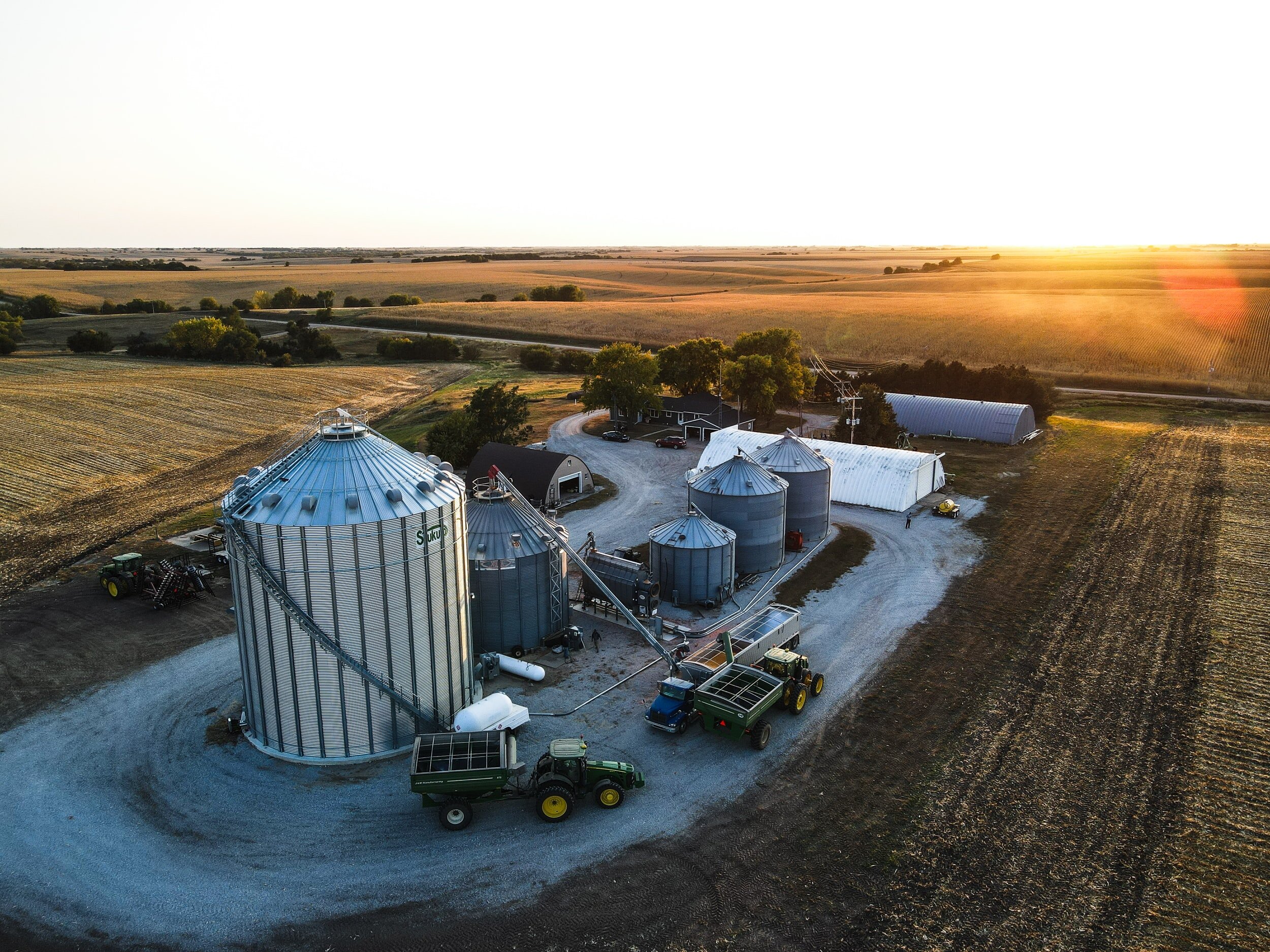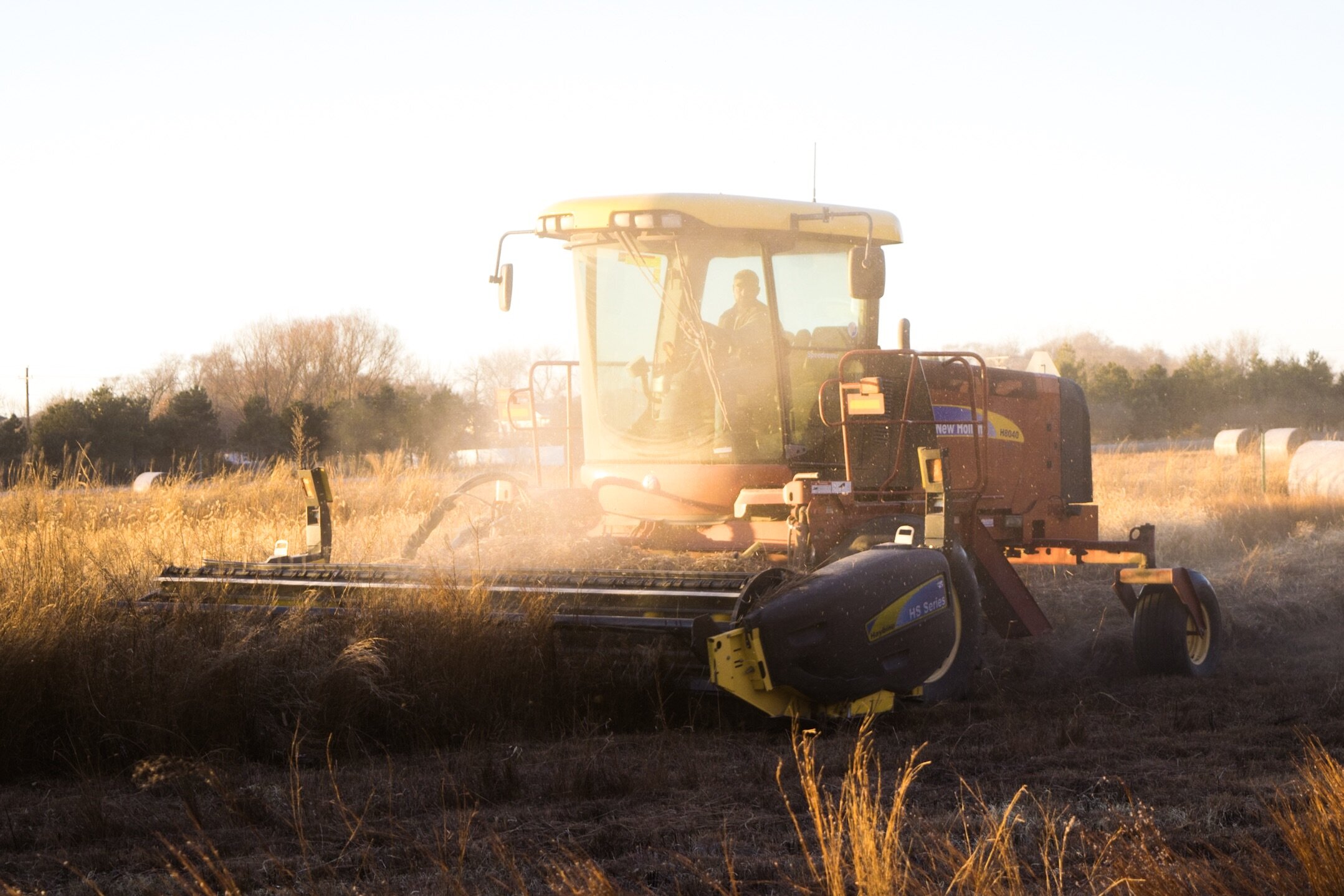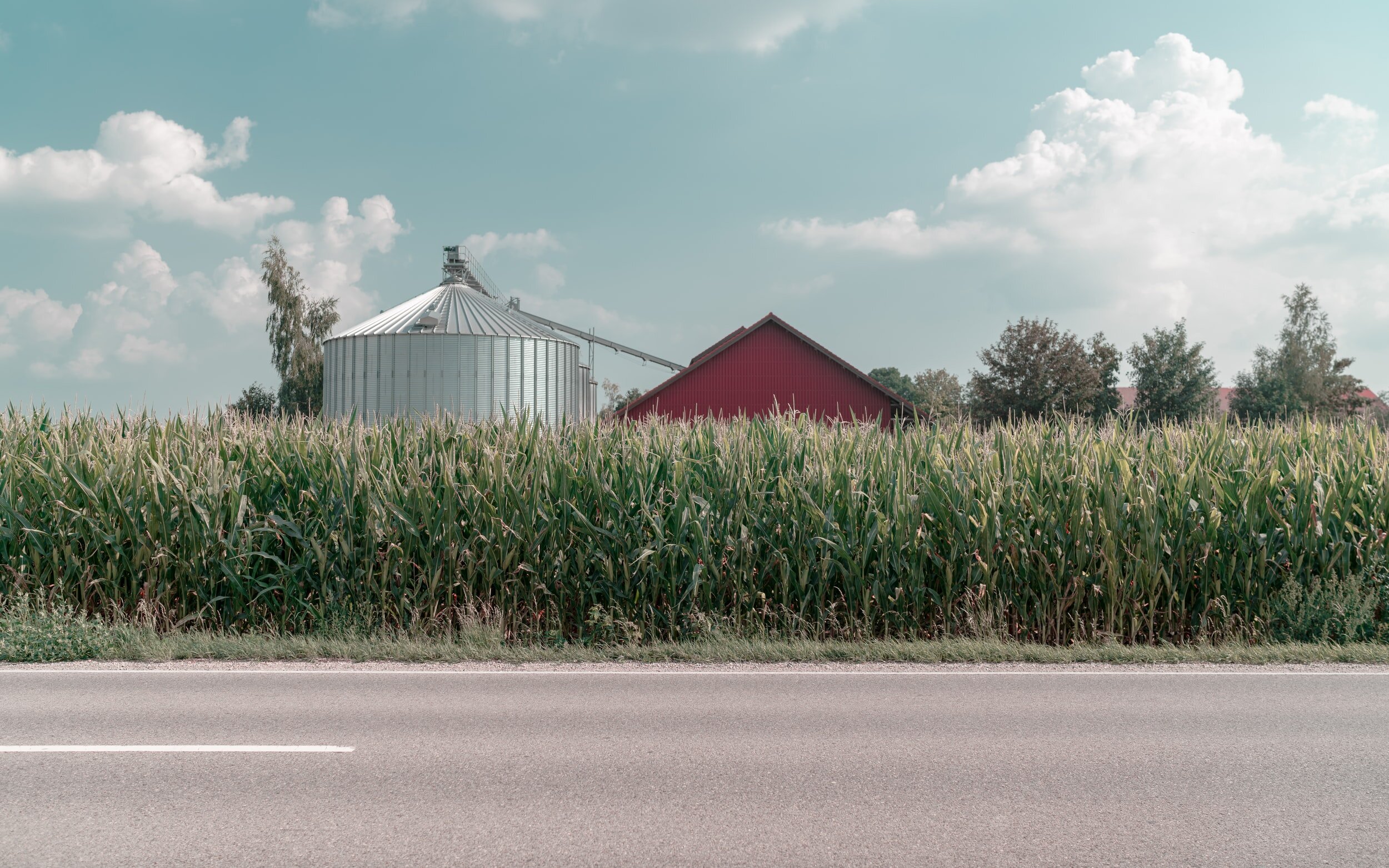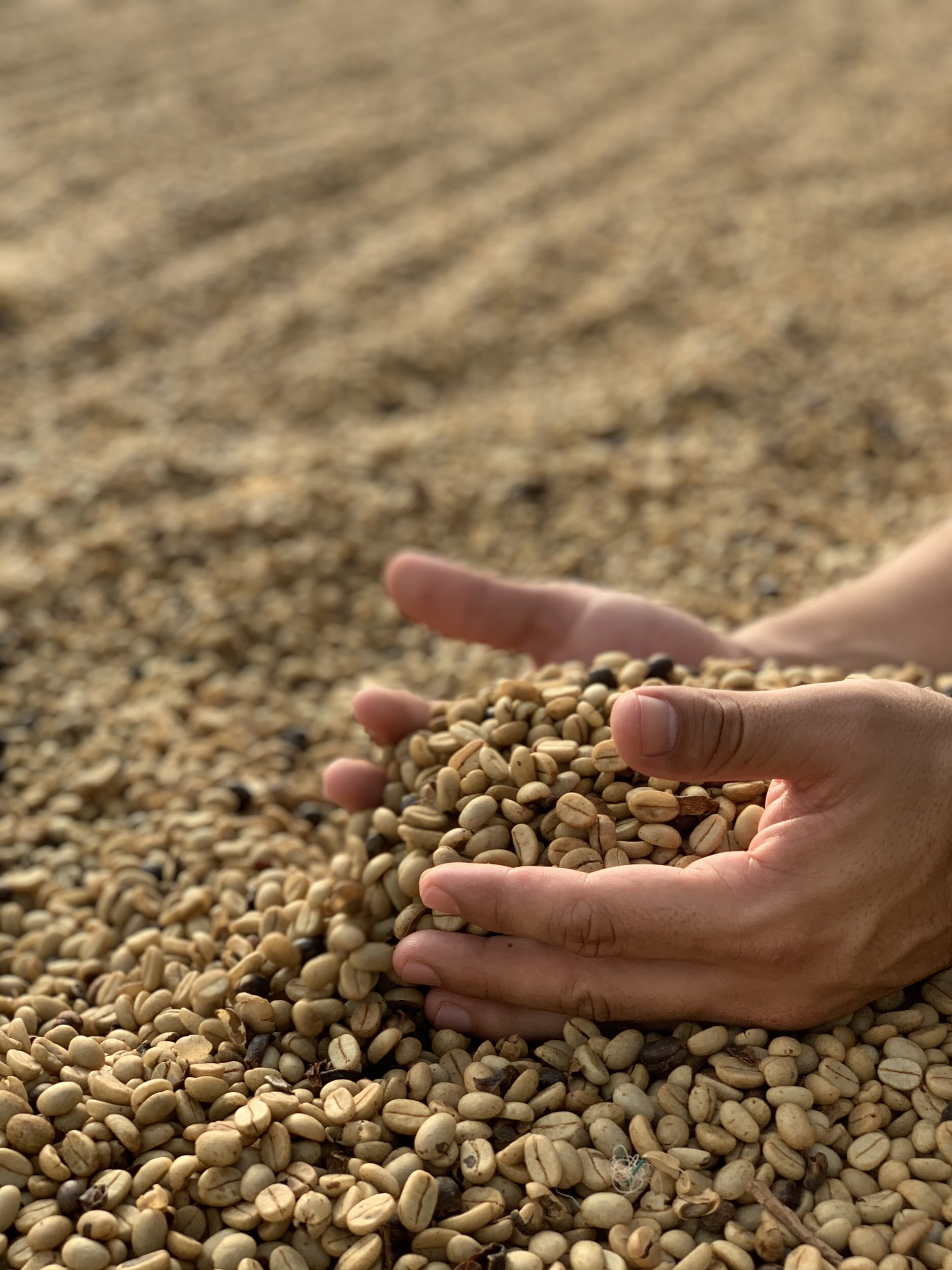
the history of cpgg
Champaign Premium Grain Growers was formed November 7, 2000 by seventeen farmers…
These original members represented 27,000 acres of crop production. CPGG members felt they could market their value added output grains more effectively by joining together with like-minded farmers. Integrated Ag Services (IAS) was hired to manage and operate the day to day business of the company. IAS continues to provide the support staff and infrastructure to make the business run.
The first task of the company was to establish themselves as a reliable source for its members' input supplies. They accomplished this by purchasing over $1,500,000.00 of input supplies annually in the first 3 years of business. CPGG is currently purchasing over $7,500,000.00 of inputs on an annual basis.
In its first two years of business CPGG acted on its goal of adding value to the grains its members sell by negotiating additional premiums for tofu soybeans and seed soybeans. Several grouped volume sales of #2 yellow corn were made as well as several non-gmo soybean sales. CPGG has slowly moved forward with its “Virtual Grain Elevator” concept primary using the elevator to provide a safe and efficient means for members to sell grain and hold the cash funds with CPGG into their next tax year.
The size of CPGG has continued to grow from the original 17 members it started with in 2000. Our goal was and is to strategically grow with quality like-minded farmers. In 2001 CPGG added an additional 9 members. In 2002 CPGG decided to slow the growth process and maintained its membership size at 26 members. Since 2003 CPGG has added 13 new members to the organization. CPGG now has a total membership of 41.
The membership retention level has remained exceptionally high. Since its inception CPGG has only seen 7 members elect to drop out of the organization. The current membership represents over 80,000 acres of crop production.
In 2004 CPGG decided it was time to make its first major capital investment. CPGG purchased a new dry fertilizer floater and the needed support equipment to apply its own dry fertilizer.
After completion of feasibility study, CPGG has embarked in leasing dry fertilizer storage and purchased the handling equipment to create a self-service dry fertilizer plant. CPGG can expect better buying opportunities by the expanded market potential to the Ohio river. Local markets now have to better compete at a wholesale level. The added fertilizer storage also provides better logistics for CPGG hired applicators, trucking, and members doing self-applications. The added storage goes hand in hand with CPGG’s purpose of buying inputs in volume to maximize group discounts.






